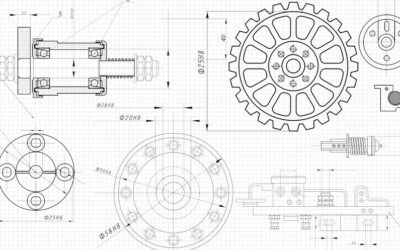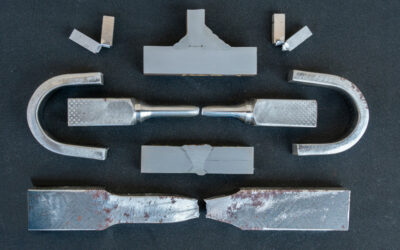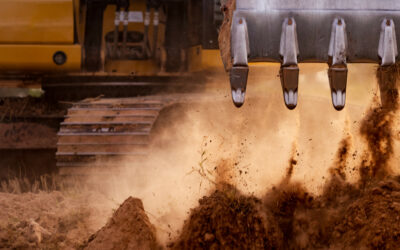Are you a product designer looking to create parts or components that will make contact with other parts or assemblies, or do you plan to create products that will be exposed to harsh chemicals or environments? If so, you must choose a material with high wear and chemical resistance characteristics.
However, while several engineering materials have impressive wear resistance and chemical properties, these materials usually don’t come off the line cheap. Therefore, top-tier product designers and manufacturers improve the properties of regular metals using special surface finishing processes such as diamond-like carbon coating.
Diamond-like carbon coating (DLC) is formed when ionized, and decomposed carbon is made to land on the surface of a substrate at high energy. This coating improves the properties of the substrate (like abrasion resistance, corrosion resistance, and friction coefficient), making them ideal in a wide range of applications.
In this article, we’ll get back to the basics of diamond-like coating. We’ll also cover the types and applications of these coatings in several industries. Let’s get started!
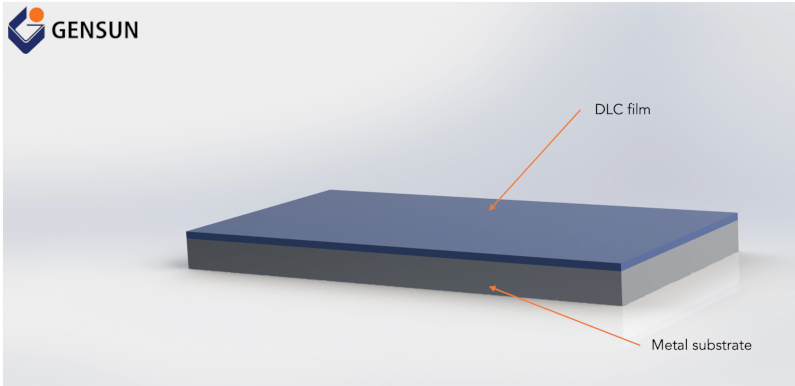
Figure 1: A metal substrate with diamond-like carbon coating
Understanding Diamond-like Coating
When you hear the phrase “diamond-like coating” for the first time, you likely wonder how diamond (one of the hardest known natural substances) is being processed to be used as a coating material.
But you shouldn’t think of DLC this way. Instead, you want to think of the essential chemical element that makes diamond-like coating so unique ― which is carbon. Carbon is tetravalent ― which means it has four electrons available to form bonds with other atoms. The number of bonds formed and the arrangement of these bonds determine the properties that a carbon compound will possess.
For instance, a diamond’s molecular structure features several carbon atoms, which have four electrons forming molecular bonds with other carbon atoms. In contrast, the carbon atoms in graphite’s molecular structure utilize only three of these electrons to form molecular bonds with one another. This slight variation is what makes diamond crystals very hard and graphites very soft.

Figure 2: Molecular bonding in diamond and graphite Source: WikiMedia Commons
The diamond-like carbon film is essentially made of carbon atoms, like diamond and graphite. However, a DLC film combines the atomic structure of diamond and graphite ― which means it features several carbon atoms and utilizes three and four of the atoms’ electrons to form molecular bonds. As a result, DLC has a combination of the properties of diamond and graphite.
Characteristics of Diamond-like Coating
#1 Low Friction Coefficient
The friction coefficient (also called the coefficient of friction) is a dimensionless number that engineers use to describe how well a material (or product) resists friction when it slides over another surface.
DLC coatings have a very low coefficient of friction ranging between 0.015 and 0.2. As a result, DLC-coated parts (or assemblies) typically require less energy to maintain a process (or mechanical operation). This makes them extremely useful in applications where you find the need for moving pieces, like the automotive industry, machine shops, and the aerospace industry.
Learn more: Understanding How Manufacturers Fabricate Aerospace Parts.
#2 Excellent Abrasion Resistance
Abrasion describes wearing (abrading or rubbing off) portions of a material due to friction. It’s usually undesirable and unavoidable in mechanical operations. The only work around it is to find a material with high abrasion resistance for a particular application need.
DLC-coated metals offer high abrasion resistance compared to regular metals. To give you an idea of the level of abrasion DLC coatings offer, let’s consider Figure 3, which shows an abrasion resistance test being performed on two metals.
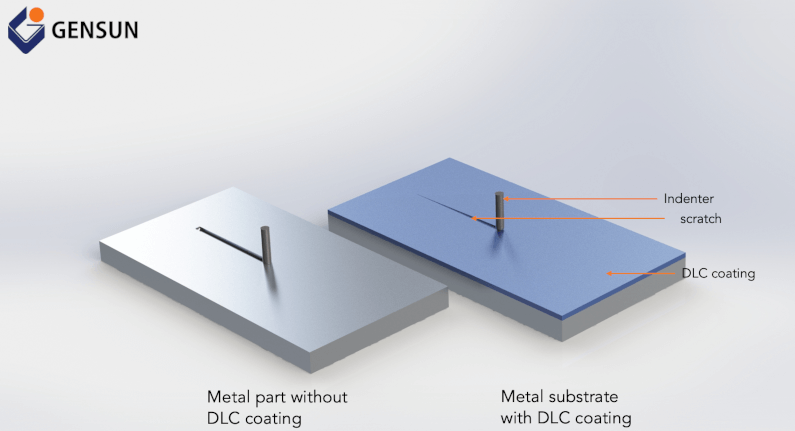
Figure 3: Wear (or abrasion) resistance test on diamond-like carbon-coated material
Suppose the first metal part has no additional coating while the other metal is DLC-coated. In such a scenario, if you engage an indenter onto the two materials (using the same force), you’d notice that the DLC-coated surface doesn’t scratch as much as the surface without coating. This unique characteristic makes DLC-coated parts useful in automobile engine wear parts, injectors, and jewelry applications.
#3 Corrosion Resistance
DLC coatings offer corrosion resistance, making them ideal in applications where parts will be exposed to moist or aggressive environments (for example, pipelines and aerospace components).
#4 Aesthetics
DLC coating stands out from other types of coating because it protects metal parts against aggressive atmospheres while ensuring little to no change to the part’s aesthetic appearance. In addition, you can achieve an attractive color range from anthracite to deep black using the DLC coating process.
Types of DLC coating
DLC coatings come in different types, depending on the metal (or non-metal) added to their chemical structure. For instance, metal-doped DLC coatings are simply DLC alloyed with metals like titanium, molybdenum, tungsten, aluminum, and chromium. In contrast, non-metal doped DLC types include silicon-DLC, fluorine-DLC, and nitrogen-DLC.
Figure 4: Silicon-doped DLC coating on a metal substrate
The ideal alloyed DLC coating choice will depend on your application requirements. For instance, titanium-alloyed DLC coatings are ideal for medical applications due to their excellent tribological properties, bio-inertness, and chemical inertness. In contrast, silicon-alloyed DLC coatings are ideal for cutting tools, engine blocks, pistons, and gears.
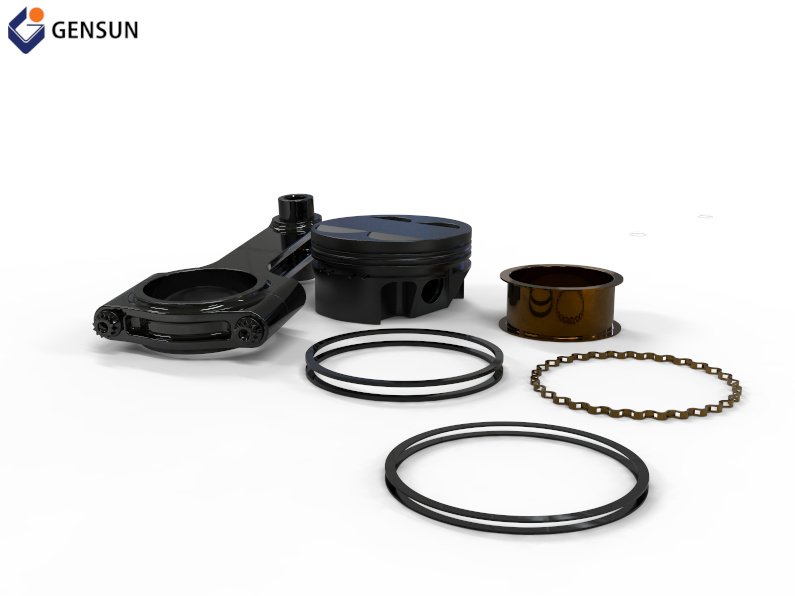
Figure 5: Piston and cylinder parts with DLC coating
Thankfully, top-tier machine shops like Gensun typically offer surface finish advisory services to their customers.
DLC Coating Services: Gensun Can Help
Gensun is a leading provider of machining services across Asia. Not only do we use state-of-the-art manufacturing technologies to fabricate your parts, but we also offer high-quality surface finishing services like diamond-like carbon DLC coating. Our engineers, machinists, and quality control experts work together to get your product done right.
Learn more about our surface finishing services.

